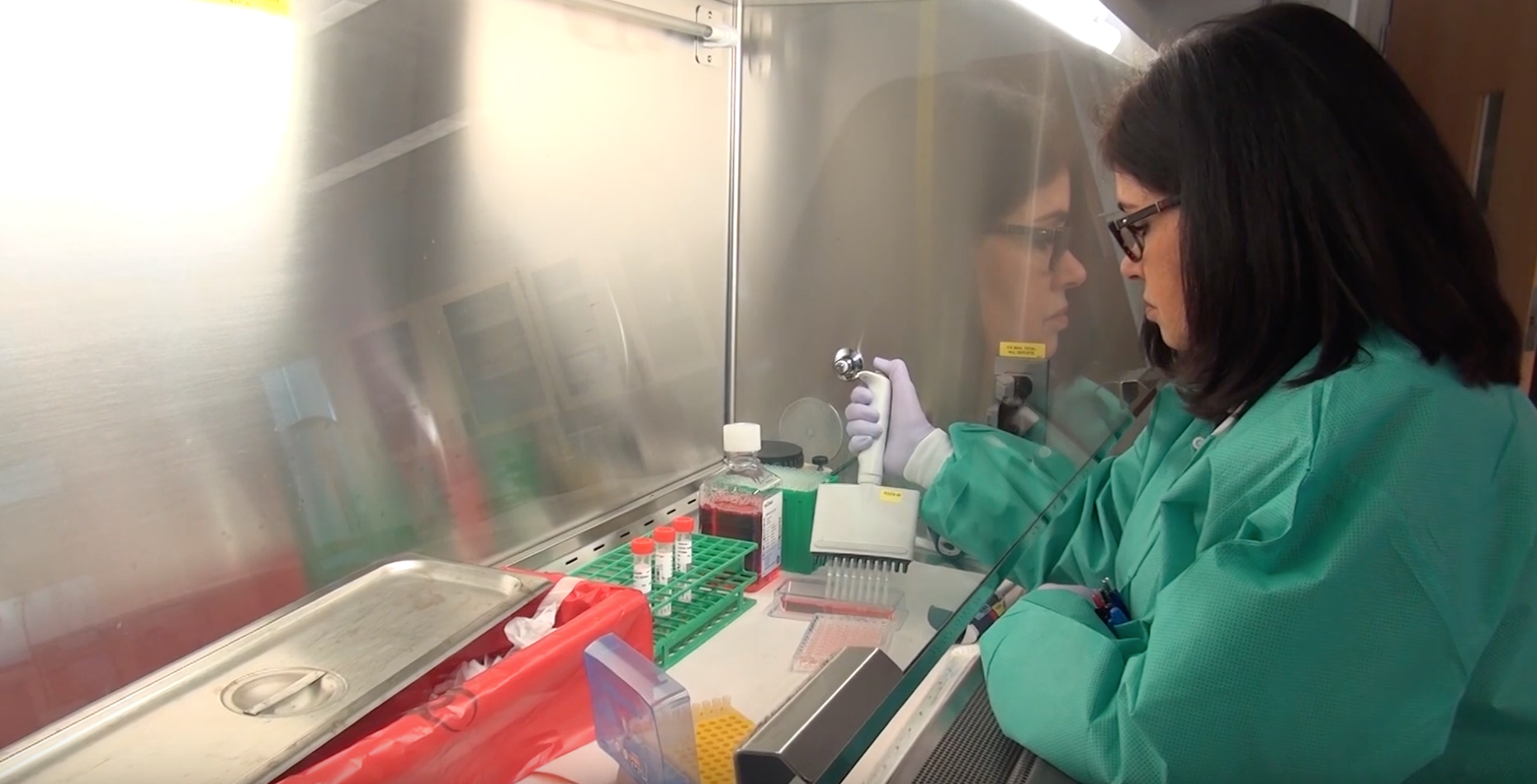Santa Barbara Prepares for Coronavirus Spread
Governor Newsom Says as Many as 8,400 People Being Monitored in State

The first community transfer of coronavirus — or the spread of disease from people with no apparent travel link — was confirmed in California’s Solano County on Sunday. News broke quickly today in the coronavirus outbreak, and an hour after the previous sentence was written, Santa Clara County health officials identified a second patient with coronavirus of unknown origin, about whom little is known. The first patient, however, was seen in two hospitals, and by the end of the week, National Nurses United stated 124 health workers were now under self-quarantine for possible exposure. That information came hard on the heels of the Monday quarantine at Point Mugu of a Los Angeles International Airport traveler from Hubei Province, where the disease originated in late December. That number was bumped up to two in residence at Pt. Mugu today.
How the Solano County patient contracted coronavirus remains unresolved. Some suspect a connection to nearby Travis Air Base, where Americans recently in Wuhan had been airlifted, but that’s been denied by health officials. From a hospital in Vacaville, the woman was transferred to UC Davis Medical Center on February 19. She had severe lung disease, and her doctors suspected SARS-CoV-2, the virus that causes COVID-19, because her sickness had no other obvious cause. Testing protocols at the Centers for Disease Control excluded patients without a travel history; her doctors didn’t succeed in convincing the CDC to test her until February 23. The test confirmed coronavirus on February 25.
On Friday, California health officials announced coronavirus testing kits had arrived at their lab in Richmond, enabling quicker testing of up to 1,200 patients. The previous day, Governor Gavin Newsom stated as many as 8,400 people were being monitored in the state.
As of Friday afternoon, however, Santa Barbara County had less to worry about than some. No confirmed or reported cases exist in the county, according to Public Health officials. They were nonetheless prepared for a number of disease scenarios, said Jackie Ruiz, a public health spokesperson.
The City of Santa Barbara sent a circular on Friday iterating that risk in California remains low. “The public is urged to not panic, but be prepared,” City Hall stated. Others have noted that the city will greet 12 cruise ships between March 4 and April 24.
The spread of the outbreak has accelerated in Europe, which has no borders between its member countries. Should a similar spread occur here, the schools are getting ready. Santa Barbara school district spokesperson Camie Barnwell said the district was coordinating per County Public Health guidelines — an information hotline in English and Spanish is available at (805) 681-4373 — and was keeping parents and staff informed via ParentSquare and the district website. The County Education Office advised using websites at county and state public health departments and the CDC for accurate information.
Anticipating spring break the first week of March, Westmont College plans to keep track of students’ travel plans, said Jason Tavarez, the college’s resilience director, who called the school’s pandemic plan “robust.” CDC officials advise avoiding travel to China and South Korea entirely. Warnings have been issued for travel to Japan, Iran, Italy, and Hong Kong. UCSB stated it was canceling exchange programs set for spring quarter in China and South Korea.
Santa Barbara City College has a group of 26 students in Florence, Italy. College spokesperson Luz Reyes-Martin said the school was in daily contact with the faculty director in Florence and that the students’ activities have been curtailed. Between Friday morning and Friday afternoon, the travel advisory for Italy rose to Level 3, and Reyes-Martin said SBCC was making arrangements to bring them home.
Santa Barbara’s tourism industry is taking heart in the fact that most visitors come from North America, not overseas. “About 81 percent of hotel guests are U.S. travelers,” said Kathy Janega-Dykes, head of Visit Santa Barbara, “and 58 percent are from California, compared to 3 percent from China.” Should the disruption to U.S. financial markets — the Dow plunged nearly 3,500 points in the past seven days — continue and travelers feel the pinch, “The loss of business would be very concerning,” she said.
As any doctor will say, one of the first things they learn volunteering at clinics or working in hospitals: never touch your face. Your own hands are the only disease vector you can control, and with the coronavirus outbreak threatening to invade communities, it’s a lesson worth heeding. In addition, public health agencies advise the following:
• Stay home when you are sick.
• Wash your hands often with soap and water for at least 20 seconds, especially after going to the bathroom; before eating; and after blowing your nose, coughing, or sneezing.
• Avoid touching your eyes, nose, and mouth with unwashed hands.
• Limit close contact, like kissing and sharing cups or utensils, with people who are sick.
• Clean and disinfect frequently touched objects and surfaces using a regular household cleaning spray or wipe.
• Cover your cough or sneeze with a tissue, then throw the tissue in the trash.
• Facemasks are most effective when used appropriately by health care workers and people who are sick.
• Get a flu immunization to prevent influenza if you have not done so this season.


